Gated sampling
Gated sampling is available with loggers which are configured to support it. Normally, a logger will sample at the programmed period or interval when its current time is between the start time and the end time. If a gating condition is specified, then this further requirement must also be met before sampling will occur.
The start time and end time may still be used with gated sampling to define when the logger will examine the gating condition to see whether or not it should be sampling, but the logger will not sample if its current time is outside this range, no matter what state the gating condition is in. To have sampling activity depend only on the gating condition, the start and end times should be set to the extremes of the logger's date/time range: these are respectively 2000/01/01 00:00:00 and 2099/12/31 23:59:59. Other combinations are possible; for example a valid start time in the future may be set to ensure sampling is not started before then if the gating condition is inadvertently satisfied, while the end time is set to the maximum limit so that only the gating condition will stop the logger once sampling has started.
If a gating condition has been selected, it will be reported as the gate parameter in response to the sampling command. If sampling is paused by a gating condition, but the logger would otherwise be sampling and recording data, it will respond to the status command with the value gated.
When the logger's status is gated, it responds to commands in some instances as if it were logging. For example, schedule parameters may not be modified while the logger is enabled for sampling, and this includes the gated condition.
The following gating conditions are presently available, if the logger is configured to support them.
Thresholding.
Twist activation.
